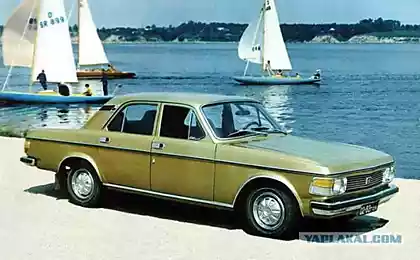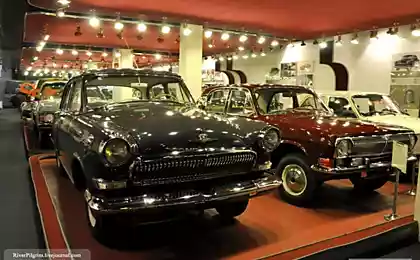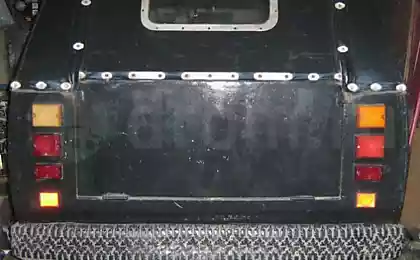413
Greenhouse gas can be converted into fuel
In recent years, the idea of capturing greenhouse gases, particularly carbon dioxide, and converting them to methanol, have occupied the minds of many researchers. Indeed, the concept of production of bio-fuel which helps to reduce the level of carbon dioxide in the atmosphere, is very encouraging, but, up to now not been developed any more than less efficient technologies.
However, recently a group of researchers from Argonne national laboratory U.S. Department of energy announced the creation of a new material based on copper, which will help to make the process of conversion of CO2 into biofuels more realistic.

The new material is called copper tetramer. According to researchers from Argonne national laboratory, he serves as a catalyst and consists of small clusters, each of the four copper atoms supported on a thin film of aluminum oxide. These atoms are able to bind with molecules of carbon dioxide, creating an environment ideal for the necessary chemical reactions.
In addition, the copper tetramer has a molecular structure allowing for the reaction for the liquefaction of carbon dioxide to methanol more efficiently than the existing industrial designs of hybrid catalysts which comprise copper, zinc oxide and aluminum oxide.
The difference lies in the fact that in the hybrid catalyst, the majority of copper atoms perform a structural function, whereas in the copper tetramer almost all the copper atoms can contact with carbon dioxide. In addition, for easier creation of links between C02 and copper leaves less energy which increases energoeffektivnosti the whole process.
Currently, a new technology for trapping carbon dioxide to produce methanol is at the stage of experimentation. Researchers have created only a few nano-copper tetramer samples for testing, and now I am in search of new types of catalysts, which may, according to its characteristics of CO2 capture will exceed the material. published
P. S. And remember, only by changing their consumption — together we change the world! © Join us at Facebook , Vkontakte, Odnoklassniki
Source: green-dom.info/
However, recently a group of researchers from Argonne national laboratory U.S. Department of energy announced the creation of a new material based on copper, which will help to make the process of conversion of CO2 into biofuels more realistic.

The new material is called copper tetramer. According to researchers from Argonne national laboratory, he serves as a catalyst and consists of small clusters, each of the four copper atoms supported on a thin film of aluminum oxide. These atoms are able to bind with molecules of carbon dioxide, creating an environment ideal for the necessary chemical reactions.
In addition, the copper tetramer has a molecular structure allowing for the reaction for the liquefaction of carbon dioxide to methanol more efficiently than the existing industrial designs of hybrid catalysts which comprise copper, zinc oxide and aluminum oxide.
The difference lies in the fact that in the hybrid catalyst, the majority of copper atoms perform a structural function, whereas in the copper tetramer almost all the copper atoms can contact with carbon dioxide. In addition, for easier creation of links between C02 and copper leaves less energy which increases energoeffektivnosti the whole process.
Currently, a new technology for trapping carbon dioxide to produce methanol is at the stage of experimentation. Researchers have created only a few nano-copper tetramer samples for testing, and now I am in search of new types of catalysts, which may, according to its characteristics of CO2 capture will exceed the material. published
P. S. And remember, only by changing their consumption — together we change the world! © Join us at Facebook , Vkontakte, Odnoklassniki
Source: green-dom.info/
Hainan Xiaohuohua— unusual electric sports car from China
Coffee Breakfast smoothie— a great alternative to morning coffee!
























